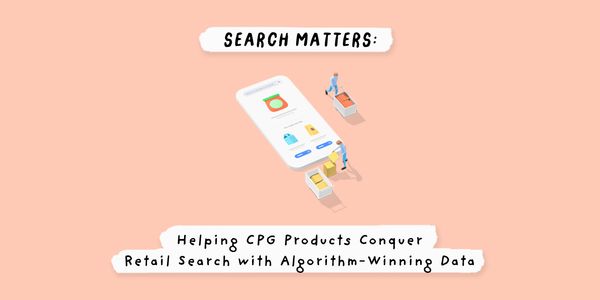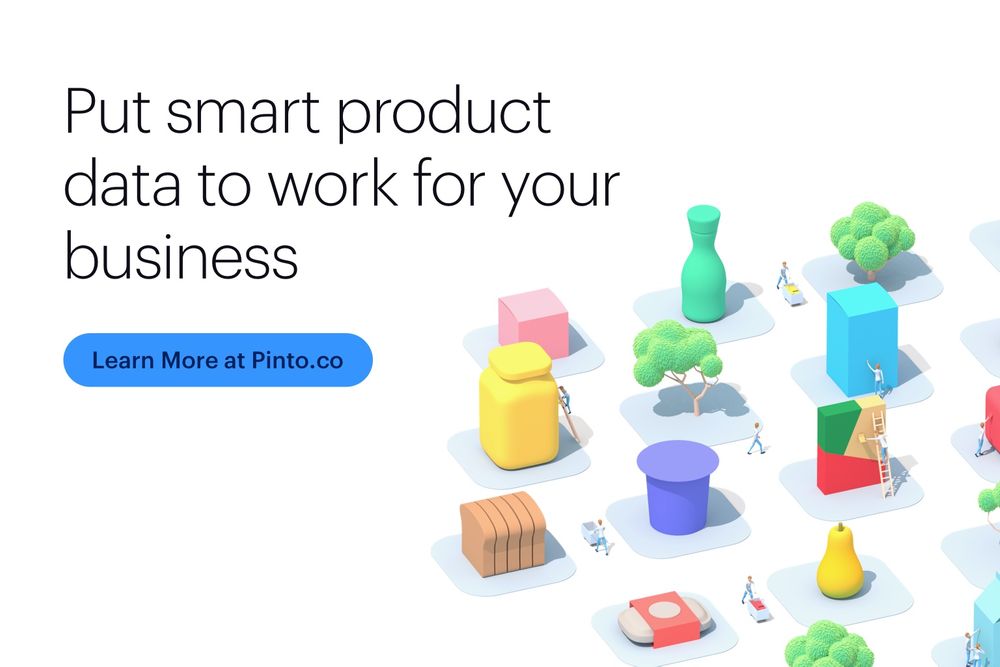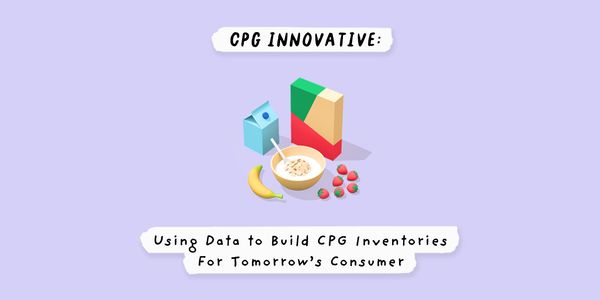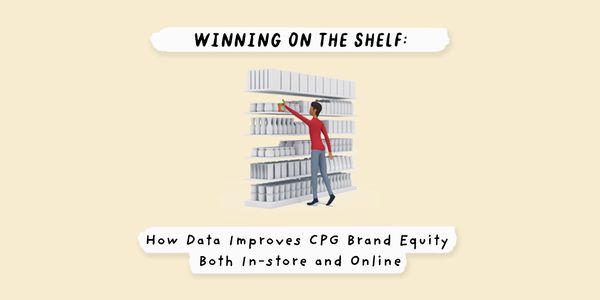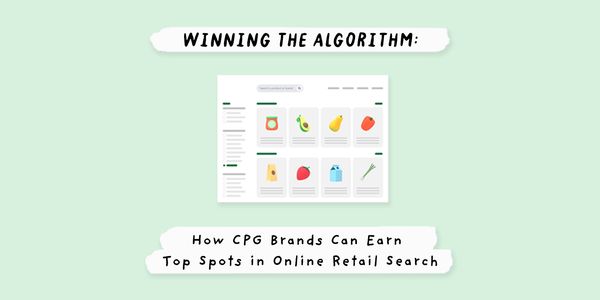A brief look
- The growing interest in online shopping puts greater pressure on CPG brands to ensure their products are visible on retailer websites and rank high in left panel navigation and search.
- Managing data across multiple retailers and search experiences can prove challenging and complex for CPG brands, with a greater risk of products getting lost in retailers’ extensive catalog and resulting in diminished conversions.
- “Smart Data” — managed and distributed from a centralized platform — ensures that complete, up-to-date, and search-optimized data is provided to retailers from a singular source.
- A deeply attributed and tagged inventory will naturally improve the visibility of CPG products, show up in more nuanced “long-tail” searches, and get discovered across every consumer preference.
Dive deeper
As more and more consumers move towards online shopping, the way people discover and purchase products is changing. Instead of browsing retail aisles and being struck by physical merchandising tactics, we often put our trust in the search bar and an online interface to show us what we want to buy. For CPG brands, this is an entirely new playing field, one which prioritizes data and SEO, as well as strategic product positioning, to get products in front of interested consumers.
Each retailer’s shopping website has a unique customer experience focused on narrowing inventories and showcasing the most relevant products to encourage conversion. It’s essential CPG brands understand how data is being leveraged to surface products and how that data is being applied to products to make them visible in left panel navigation and search.
Yet, understanding and managing this data across so many retailers and search experiences are challenging, time-intensive, and often impossible for internal teams. Without cohesive, complete, and optimized data, CPG brands risk getting lost in the vast catalog of retail search, leading to lower conversion rates and diminished product discoverability.
To avoid this risk, CPG brands should take data management into their own hands and leverage optimized product data for use across varied retail search systems. If all data is managed on one platform, then optimizations to search bars, left panel navigation, and product catalogs can be easily run in-house and across retailers.
How smart data supports search visibility
As online shopping continues to rise, CPG brands need to ensure their products aren’t invisible in key searches. For example, a customer looking for keto snacks may want to see not only products marketed as ketogenic, such as keto cookies or bars, but also more general snacks that fit a keto diet, such as guacamole, seaweed or salami. The same is true for shoppers looking for vegan, gluten-free, and dairy-free options.
In order to show up in this personalized and specific search, CPG brands need to assess their product data against each retail experience. Do retailers have all the required information and in the right format? Are products tagged across every granular search term and keyword that the retailer uses?
If the products don’t meet the necessary requirements for discoverability, CPG brands should be able to find actionable instructions on how to “fix” the product content and achieve “Smart Data”, that is, full, complete, up-to-date, and enriched. As well, they need a system that can get their regulatory and legal teams to sign off for sensitive attributes that drive discovery (keto, gluten-free, heart-healthy, etc.) if they want their products to rank for those terms.
Traditionally, these sign-offs could take months, if not years, to be completed. What’s more, once all attributes are approved, data is often distributed piece-by-piece to retail systems, creating ample opportunity for miscommunication and faulty data inputs. With Pinto, CPG brands have the power to manage all of these factors, from personalized search to regulatory attributes, all within a single platform. Once all of these tactics are in place, CPG brands can vastly improve the visibility of their products, show up in more nuanced “long-tail” searches, and get discovered across every shopper preference.
How to optimize products for left panel navigation
Left panel navigation offers shoppers the ability to narrow their search by category, subcategory, diet, lifestyle, nutrition preference, certification, ingredients, and much more. For example, a customer looking for weekly snacks may personalize their search to include low-sodium, sugar-conscious, or low-fat options by using the left panel. Other personal factors, such as allergies, diets, and ingredient preferences, may further narrow this search.
For brands to be visible when a shopper is narrowing down their selection with left-panel filtering, brands need to have their products properly tagged across consumer preferences and continually update their data to reflect any changes. If a product has been reformulated to reduce sodium levels or became dairy-free, for example, these attributes should be immediately updated in retail catalogs to guarantee it can be found efficiently in consumer searches.
This can be done by ensuring data provided to retailers contains accurate and nuanced keywords, tags, consumer preferences, product types and varietals, and search terms. Search information can contain more than what is offered on a package, such as product type or variety, diet and lifestyle preferences, and regional terminology. For example, a hotdog can be a frank, a ballpark, or weiner, depending on where you are from. A deeply attributed and tagged inventory will naturally qualify for a higher share of search results, particularly across consumer preferences. CPG brands need a centralized platform to manage, update, and optimize their data across retail search systems to harness this effectively.
Powering modern search
The digital shelf is here to stay, and online competition is only increasing. In 2019, online grocery sales grew 22% and, according to eMarketer, jumped 54% in 2020. The same report estimates that by 2023, online grocery sales will make up 11.2% of total US grocery sales.
In order to stay competitive in this growing space, CPG brands need to harness their data now and put systems in place so that their product data can evolve alongside the industry. By creating accurate, complete, and search-optimized data, CPG brands can improve search and discoverability to increase shopper conversions. As well, this modern data strategy can be used across retailers, ensuring higher-quality, more efficient data management for internal teams.
By managing all data assets within a modern, full-service platform like Pinto, CPG brands can easily win the algorithm, optimize their performance across shopper searches, and outshine their competition.
Find out how you can get started with Pinto’s CPG data platform.

